Optimal Timing for Lanai Installations
Choosing the optimal time for lanai installations involves considering weather patterns, temperature, and humidity levels. Proper timing ensures quality workmanship and durability of the structure. Typically, mild and dry seasons are preferred for installation projects.
Dry and mild weather minimizes delays and prevents weather-related damage during installation.
Temperatures between 60°F and 85°F are optimal for materials like sealants and adhesives to cure properly.
Spring and early fall often provide the most stable weather conditions for outdoor construction projects.
Rain, high humidity, and extreme temperatures can cause delays or compromise installation quality.
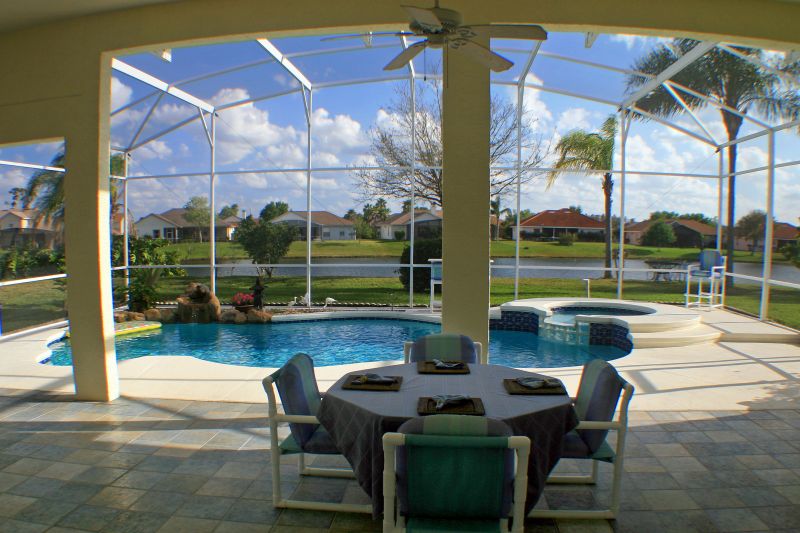
Spring offers moderate temperatures and less rain, making it ideal for outdoor installations.
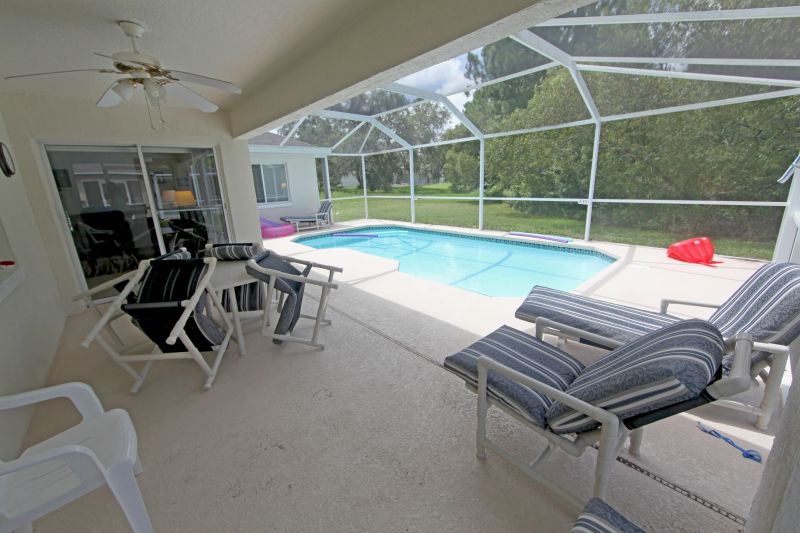
Summer may bring higher temperatures and humidity, requiring careful planning to prevent issues.
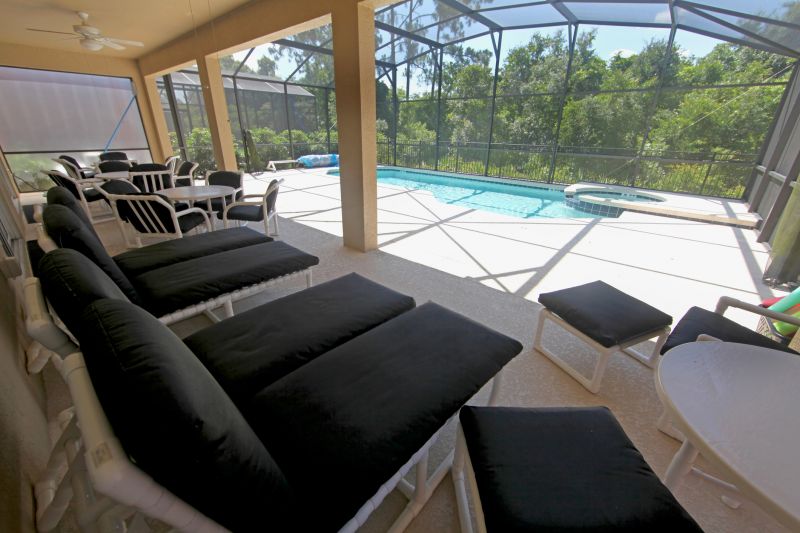
Early fall provides cooler weather and reduced rainfall, suitable for outdoor projects.
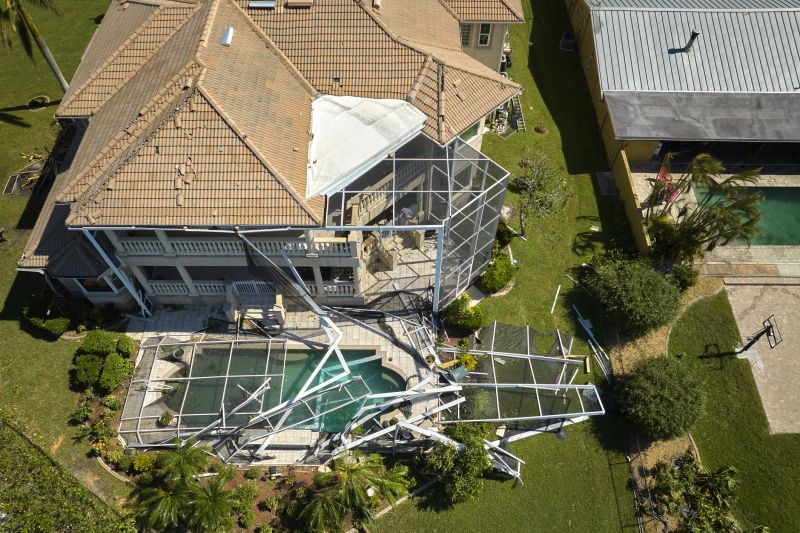
Ways to make Lanai Installations work in tight or awkward layouts.
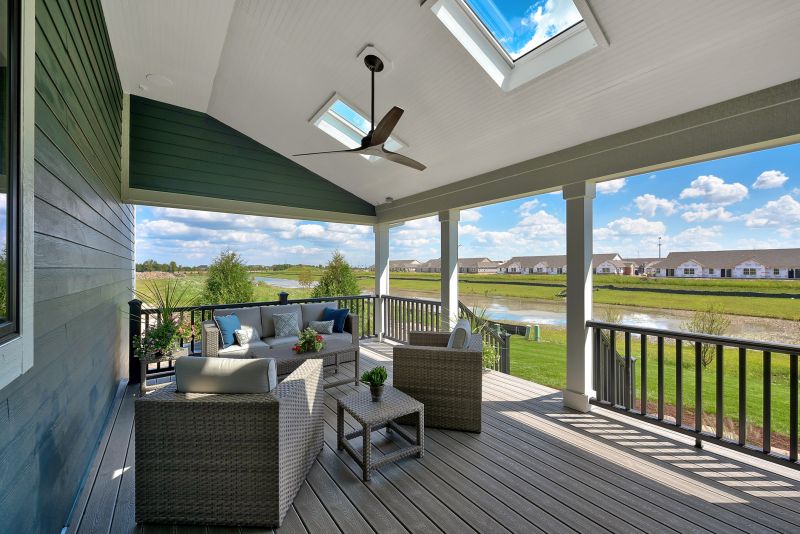
Popular materials for Lanai Installations and why they hold up over time.
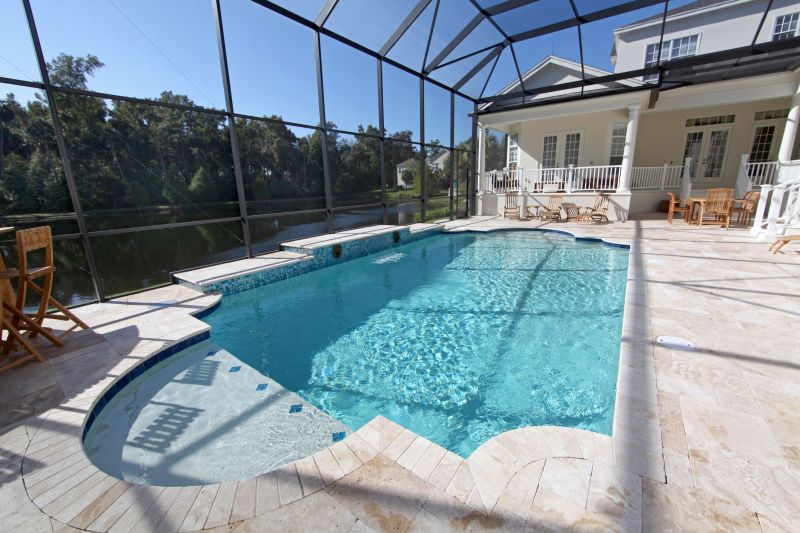
Simple add-ons that improve Lanai Installations without blowing the budget.
Lanai installations are a popular addition to outdoor living spaces, providing shade, protection from the elements, and aesthetic appeal. Proper planning and timing can enhance the longevity and performance of the structure. Factors such as local climate, project scope, and material selection influence the ideal installation window.
| Season | Optimal Conditions |
|---|---|
| Spring | Moderate temperatures, low rain, ideal for most materials. |
| Summer | Higher temperatures and humidity; requires careful planning. |
| Fall | Cooler weather, less rain, suitable for outdoor work. |
| Winter | Potential for rain and cold temperatures, less ideal. |
| Early Fall | Stable weather, good for outdoor installations. |
| Late Spring | Consistent weather, good for scheduling. |
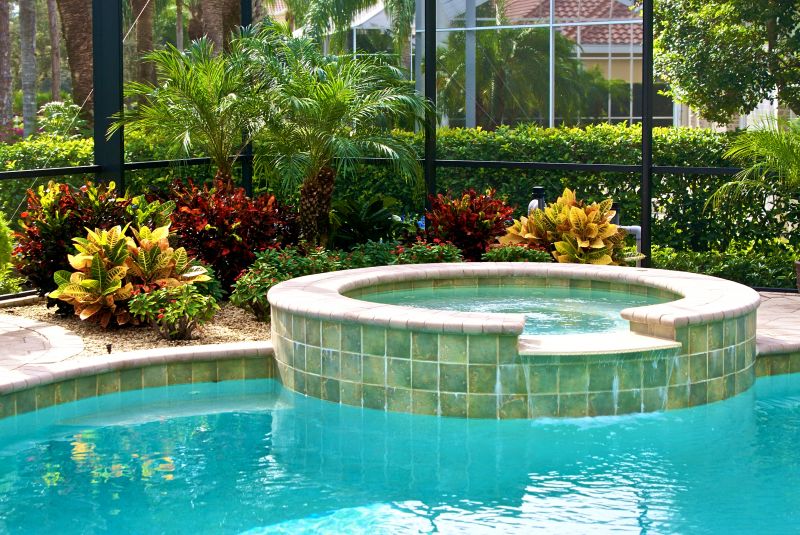
Installation in progress during favorable weather conditions.
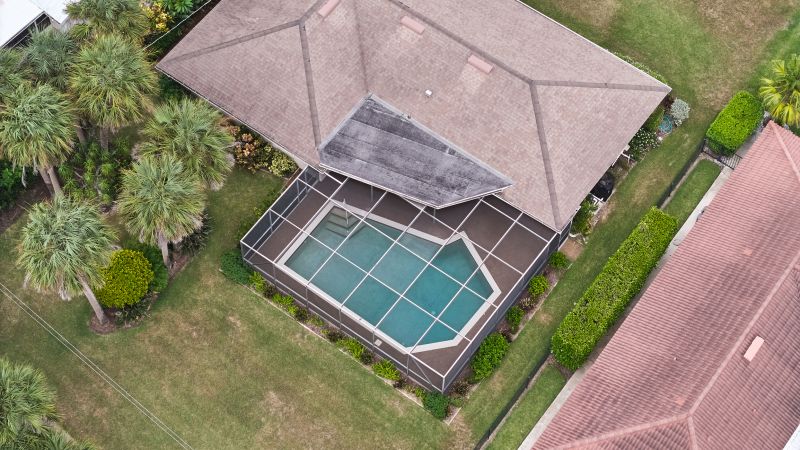
Showcasing a finished installation ready for use.
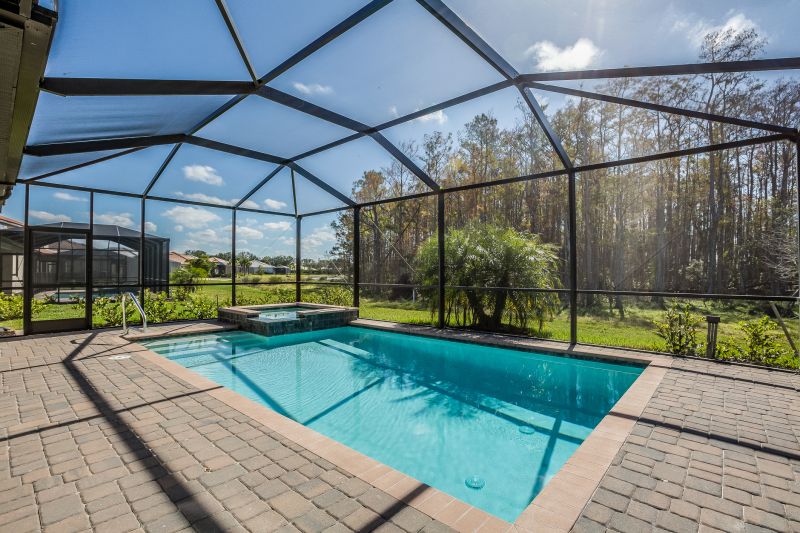
Enhanced outdoor area with a new lanai structure.
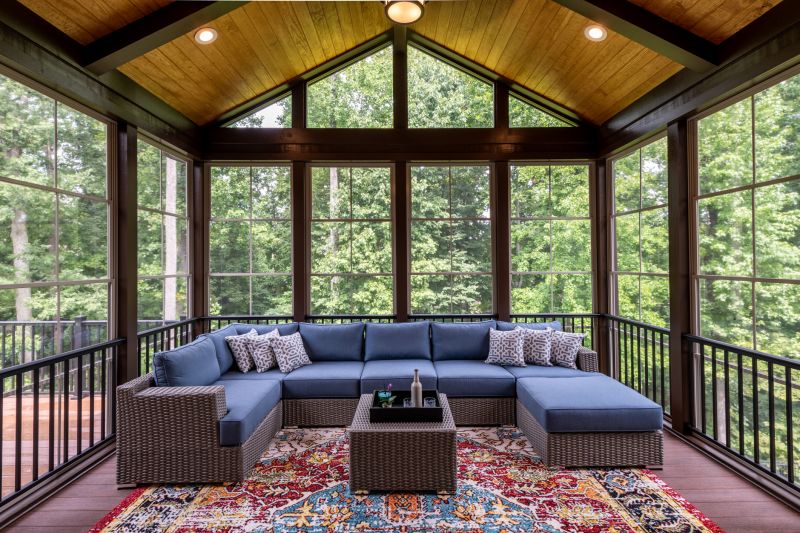
Materials suited for outdoor conditions used in installations.

High-end options that actually feel worth it for Lanai Installations.
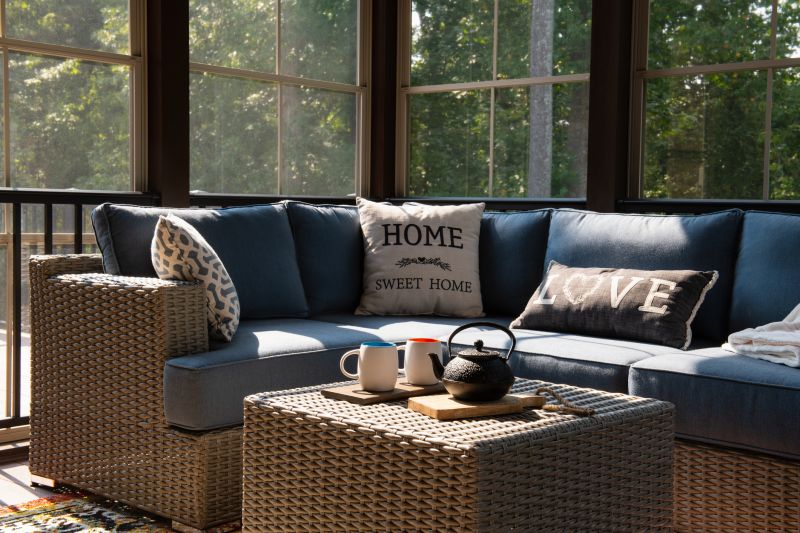
Finishes and colors that play nicely with Lanai Installations.
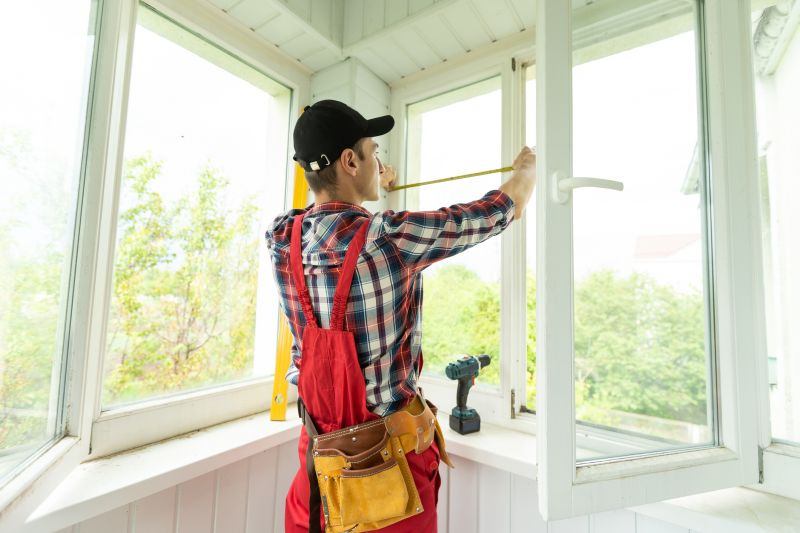
Little measurements that prevent headaches on Lanai Installations day.
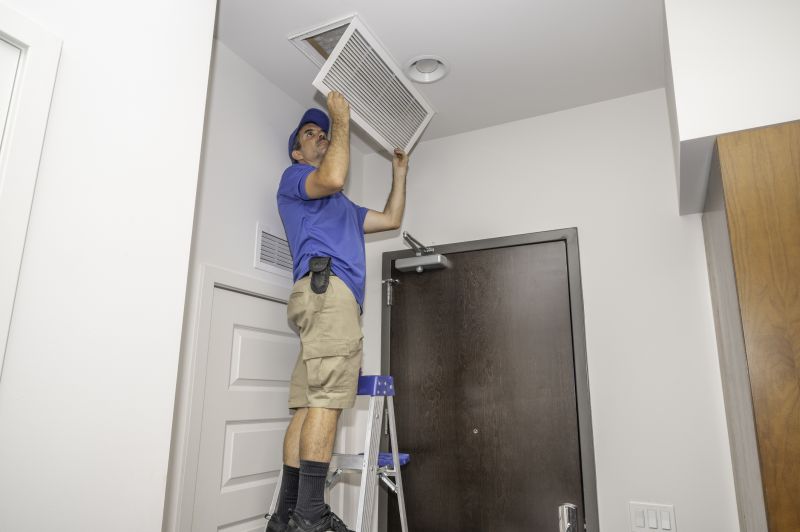
A 60-second routine that keeps Lanai Installations looking new.
Interest in lanai installations can be directed to scheduling during the most suitable seasons. Proper timing ensures optimal results, reduces potential delays, and extends the lifespan of the structure. Consulting with professionals about local climate patterns can aid in selecting the best window for installation.
Those considering a lanai installation are encouraged to fill out the contact form for further information and assistance in planning the project at the most advantageous time for their location.
